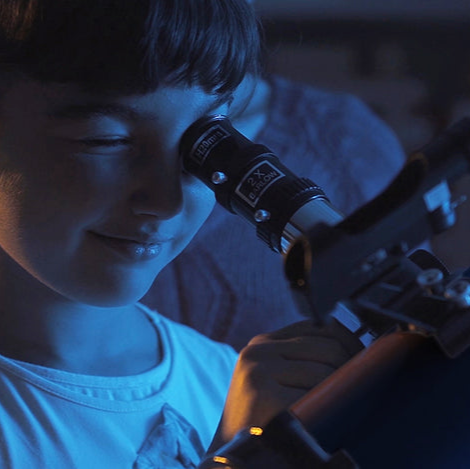Why does the Android and Apple iOS versions of ExploreStars start slewing the mount immediately when starting a 2- or 3-star alignment?
(52)[C][C1]
The Android and Apple iOS versions of the ExploreStars app start slewing immediately as designed for a couple of reasons:
- For the beginner, who may not be all that familiar with where the alignment stars are located, the system will suggest the most appropriate star for them to align on and slew immediately to it. At that point they may be able to identify the star pointed to, based on the diagram shown on the ExploreStars display as compared to their sky.
- For those with obstructed skies, it may help in identifying what constellations are not obstructed and allow them to select the most appropriate star. Regardless of the initial slewing behavior, at any time during the slew, you can select NEXT to immediately see the next star and allow it to finish the slew to that star, or you can select NEXT again (over and over again) to find an appropriate star. You do not have to wait for the slew to complete prior to going to the next suggested star. You always have the option of hitting the NEXT button.
NOTE: As of March 2019, there is a way to disable the automatic slewing to the alignment stars. There is a selection in SETTINGS and/or PREFERENCES called AUTO ALIGN (Android) or AUTOSLEW (iOS) that you can turn ON or OFF as needed. When ON, the mount will wait for you to hit GOTO the object before slewing.
One other behavior that you may have noticed is that if you were to hit one of the manual control buttons when it was slewing, it would immediately stop. At this point, the ExploreStars is no longer in the 2 or 3-star Alignment Mode. You must go to SETTINGS and re-enter the 2 or 3-star Alignment Mode by hitting the appropriate button.
The ExploreStars application provides specific star choices when doing an alignment because there are requirements for calculating an accurate 2 or 3-star alignment model which include which side of the meridian the stars are on, the angular distance between the alignment stars, and the current altitude of the stars. We recommend that you use the first suggested stars as much as possible only selecting other stars when you have obstructions.











